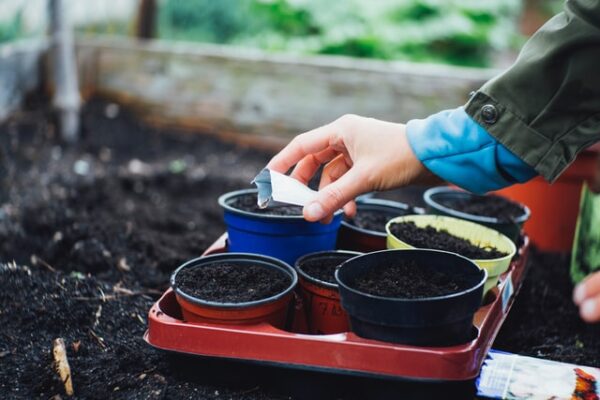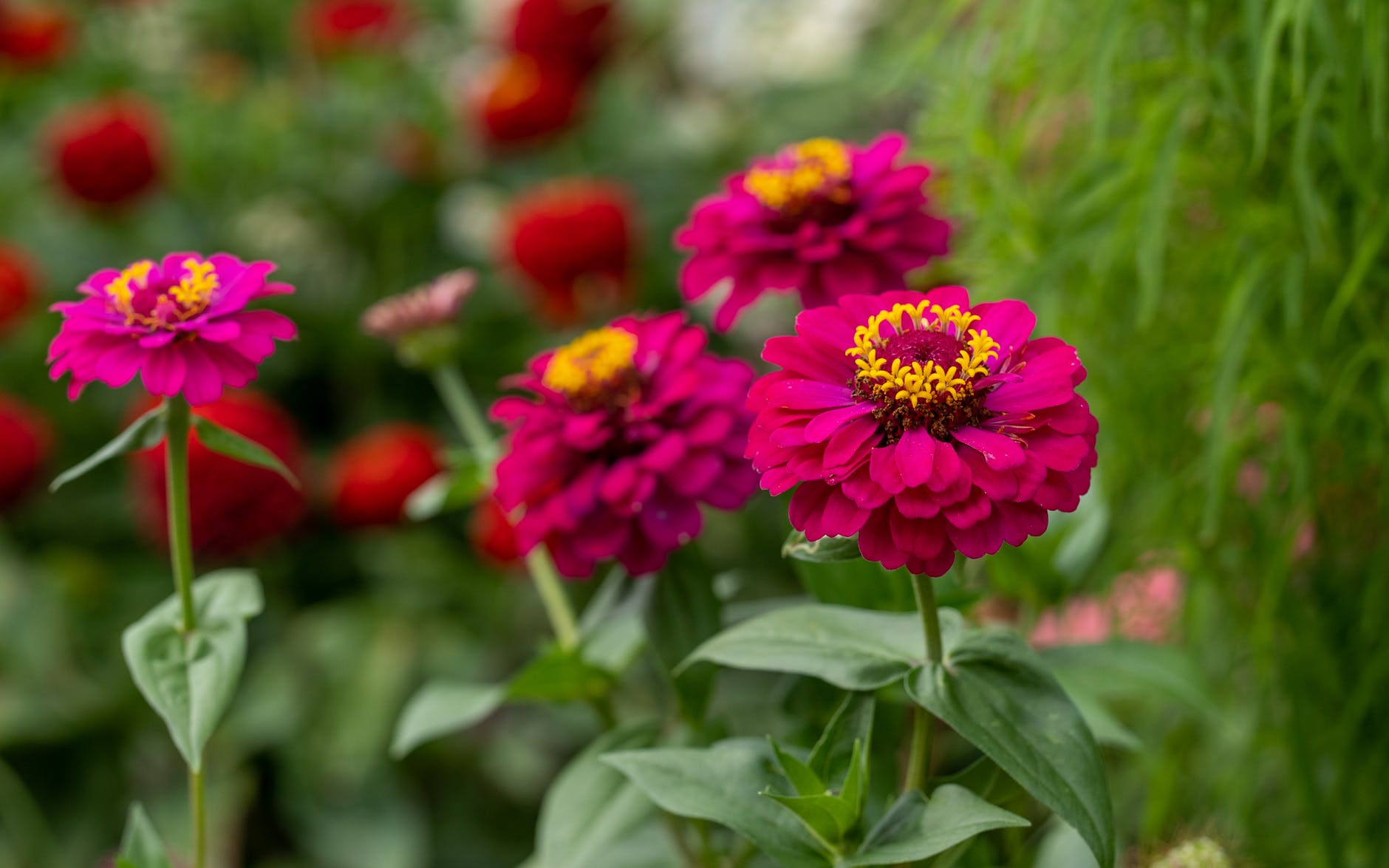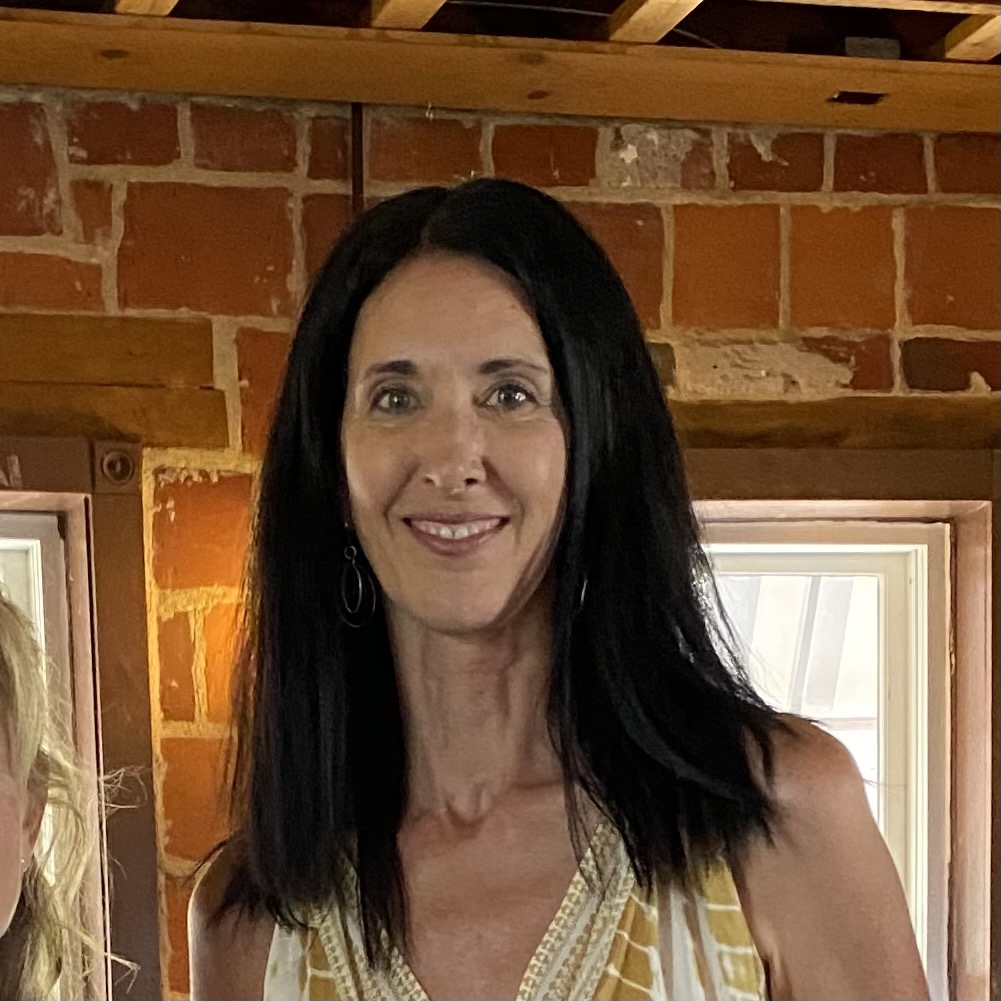Seed Saving: How To Reuse Seeds From Your Garden
Farming and seed saving have been practices used for thousands of years in most cultures around the world. Over the last one hundred years seed diversity has declined significantly and has been replaced with commercial monoculture crops. In more recent years, small-scale family farming and seed saving have become a renewed method of providing diverse and healthy food to communities.
How I became interested in seed saving

On a trip to California to visit my daughter, we visited a small winery in Healdsburg. As we toured the grounds, the gardeners spoke to us about the practices of biodynamic farming, where they integrate animals along with crop rotation and composting to improve the fertility of the soil. He shared stories of the fertility of the farm and how each part compliments another. Before we left, he handed me several small envelopes with seeds. These seeds were from their seed bank to use in my own garden.
Seed saving is the method of saving various types of seeds from vegetables, herbs, flowers for use in future years. It involves harvesting seeds at the appropriate time, then properly storing them for planting in the next growing season.
Why save seeds?
- Saving seeds is easy to do!
- It’s free and saves you money! Saving seeds is economical because you no longer are purchasing seeds.
- When you save seeds you know where the seeds come from and how they were maintained as plants (organic vs chemically treated).
- To get the perfect plant you can save seeds from the best “specimens” in your garden. This will improve your plants, making them stronger and more suited to your individual microclimate in your yard for the upcoming years.
- It “preserves food culture”. Heirloom varieties would be lost if gardeners did not grow and save seeds.
- The practice of seed saving is vital for food security around the world. The question of having enough food to feed humans on the planet in the future has been discussed in many books and journals. More than 50% of the industrial farming for grain in this country is not to feed the people of the country but to feed the animals or as an ingredient in processed foods. Farmland for fruits and vegetables for human consumption is only 2% in the USA. Seed preservation will play a vital role in ensuring a sustainable food system for the future.
How to save seeds
When I arrived home from the trip to California, the young lady who had taken care of my garden while I was away had cut some marigold heads and set them aside for me to have the seeds to plant the following year. How simple of a thing! Each year I had gotten into the ritual of purchasing all new plants from a local market spending unnecessary money. Why was I not saving my own seeds?
This realization was the beginning of my passion to save seeds. I have had success with planting saved seeds from multiple varieties of tomatoes, peppers, pumpkins, zucchini, cucumbers as well as coneflowers, marigolds, daisies and zinnias. Lettuce, spinach and other greens are also easy to save seeds from since they grow so quickly. Seed saving differs from plant to plant and requires a little background research or knowledge. Below you will find some of the easier plants to seed save and the steps for the best preservation.

Tomato/Pepper/Zucchini/Cucumber/Pumpkin – To save the seeds of these vegetables, cut the vegetable open and scoop seeds onto a paper plate. Let the seeds dry, and then place seeds in a paper envelope or paper bag. Document on the envelope the variety and the year.
Marigold – Once the Marigold has started to wilt, cut the flower off of the stem and place in a paper bag. Let the flower head dry for a week or two in a dry place. Once the flower head is completely dried out, pull seeds from the head of the flower. Place in a paper envelope and document the year.
Mint – Cut the seed pod that has bolted from the plant once it is brown and dry. Place the seed pods in a paper bag to dry for several weeks. Once the pods have dried out, rub the pod over a plate or paper towel and the seeds will easily fall. Save the seeds in a paper envelope. You can write the type of mint and the year on the envelope.

Zinnias – Once they have wilted and are drying, cut the flower heads from the stem . Let the flower sit in a dry space for a couple of weeks to ensure they are completely dry. Now that they are dry, pull the petals from around the edge of the flower head. The seed is at the end of the petal and resembles an arrowhead (seen in picture). Place seeds in a paper envelope and write date and specific information on color of zinnia and height.
Seed libraries + exchanges
Seed libraries (or exchanges) are ways to trade and share seeds with others. At local seed exchanges, you can meet with others to give and receive a variety of seeds some of which may be unusual or even heirloom varieties. Most seed libraries or exchanges are non-profit and don’t allow people to sell their seeds: it is a give and take. This also becomes a resource for knowledge from one gardener to another. Sharing stories of successes and failures in the garden with others can also be of value to a fellow gardener. Sharing seeds with family or friends can also spread the idea of seed saving with others. Communicate with others in your community to see if there is a local seed library or exchange.
The Seed Savers Exchange (www.seedsavers.org) is a movement that “protects biodiversity and preserves heirloom varieties.” The organization is the largest nongovernmental seed bank in the United States with 20,000 varieties of plants that are untreated and unaltered genetically. Gardeners are encouraged to share or swap seeds with one another near and far.
Now it’s time for you to seed save

Saving seeds not only is an easy thing to do, it saves money and is a way to ensure you have plants for years to come. When you take the seeds from a single marigold flower and count dozens of seeds, you quickly recognize that you will not only have enough seeds for your garden for the following year but will have more than you can probably use. Sharing seeds with others, either fellow gardeners or with a seed library or exchange, is a way to expand your garden and increase your knowledge about plants and about the foods you choose to grow. Let me know in the comments section what seeds you will be saving this year!

Hi my name is Victoria! After years of struggling with illnesses, I began a journey of finding healthier alternatives in every aspect of my life. Over the past 7 years, I have researched health, nutrition, sustainability and gardening, and I am looking forward to sharing that knowledge with you!